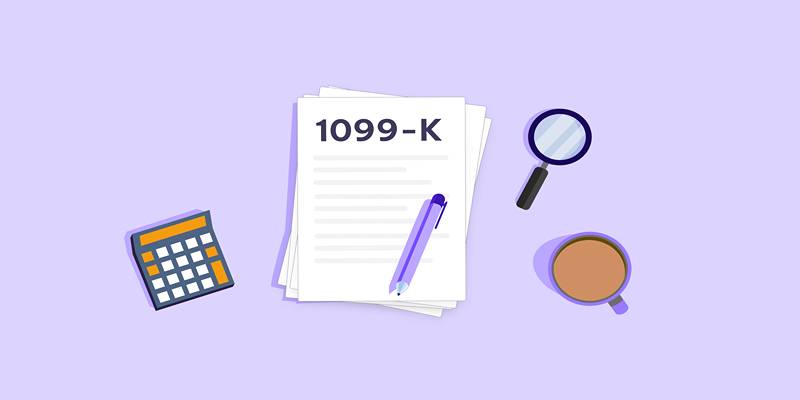Commuting is a daily reality for millions, but travel costs can add up fast—from gas to transit fares. The good news? Small changes can lead to big savings without sacrificing comfort or time. Whether you drive, take public transit, bike, or combine methods, this guide offers 10 easy tips to cut commuting costs and keep more of your paycheck while navigating your daily routine.
Drive Smarter to Use Less Gas
Gas prices might be unpredictable, but how you drive can make a big difference in saving fuel. Follow these tips to cut down on your gas usage:
- Drive at moderate speeds. Fuel efficiency decreases when you exceed speeds of 50-60 mph.
- Avoid aggressive driving. Quick accelerations and hard braking use more gas.
- Keep your car maintained. Regular oil changes, properly inflated tires, and clean air filters can improve your car's fuel efficiency.
- Plan your route strategically. Avoid traffic-heavy routes and use navigation apps like Waze or Google Maps to minimize unnecessary detours.
By making these small changes, you can stretch each gallon of gas further and lower your monthly fuel costs.
Carpool with Co-workers or Neighbors

If you find yourself driving alone to work, consider sharing your ride. Carpooling reduces fuel expenses, wear and tear on your vehicle, and even stress. Services like CarpoolWorld or Waze Carpool make it easier than ever to connect with nearby carpoolers heading your way.
You'll also contribute to reducing carbon emissions, making your commute better for the environment.
Take Advantage of Public Transit
Public transportation can be an affordable and environmentally friendly commute solution. If you live in a city where buses, subways, or trains are available, they’re often cheaper than driving.
- Look for discounted fare options such as monthly passes, which usually cost less than daily tickets.
- Explore employer subsidies. Some companies offer reimbursement programs to offset commuting costs for workers who use public transit.
- Time your trips wisely. Off-peak travel may come with reduced fares in some cities.
Doing the math upfront might show you how much cheaper it is to leave the car at home and hop on a bus or train instead.
Bike to Work
If you live within a reasonable distance from work, biking can be an awesome way to save money and stay fit.
- Invest in a durable, cost-efficient bike that fits your commuting needs—even second-hand options can be a great find.
- Check if your area has safe bike paths or lanes.
- Don’t forget to factor in small costs like a helmet, bike lock, and weather-resistant gear.
Not only will you save on transportation costs, but you'll also enjoy the added health benefits of regular exercise.
Save Money on Ride-sharing Apps
Ridesharing services like Uber and Lyft are convenient, but they can add up if used frequently. To save money when using these apps, consider the following hacks:
- Share rides by using carpool features like Uber Pool or Lyft Shared.
- Use promo codes or subscribe to loyalty programs like Lyft Pink or Uber Pass for discounted rides.
- Choose shorter routes and skip optional costs like "priority pickup."
Combining ridesharing with public transportation can also reduce how often you rely on these services.
Work from Home (Even Partially)
One of the absolute best ways to reduce commuting costs is to avoid commuting altogether! If your job allows remote work, even partially, you’ll save on transportation expenses while also gaining back the time you would have spent traveling.
If this isn’t already an option, consider talking to your employer about implementing a hybrid work schedule. Highlight how it benefits both employee and company productivity.
Move Closer to Work
While this may seem like a significant decision, moving closer to your workplace can lead to long-term savings. By reducing the distance you need to travel, you’ll save on fuel, public transit fares, and car maintenance costs.
Of course, factor in the cost of living in a different area before making this choice, as rent or property costs might offset savings. However, fewer commuting costs and more time for yourself could make this all worthwhile.
Optimize Parking Costs
If driving is your main commuting method, parking can sometimes take a chunk out of your budget. Look for ways to lower parking fees, such as:
- Splitting the cost by sharing a parking space with coworkers on alternating days.
- Using parking apps to find cheaper or free spaces near your workplace. Apps like SpotHero or ParkMobile can save you time and money by locating deals.
Every saved dollar counts when it comes to this daily expense!
Invest in Commuter Benefits

Some employers offer commuter benefit programs that allow you to save on commuting costs through pre-tax dollars. These programs can cover things like public transit passes, parking fees, and even bike-related expenses.
Ask your employer’s HR department if similar benefits are available in your workplace.
Always Track Your Expenses
Finally, one of the most effective ways to save on commuting costs is to keep an eye on what you’re spending. Small expenses add up, and knowing where your money is going can help you identify patterns and areas to cut back.
- Use budgeting apps like Mint or YNAB for a detailed breakdown of your transportation expenses.
- Keep receipts for fuel, parking, and public transport tickets so you can evaluate your spending over time.
The better informed you are, the easier it will be to adjust your habits.
Conclusion
Your daily commute doesn’t have to derail your financial goals. By integrating even a few of these strategies into your routine, you’ll free up funds for other priorities while making your workdays a little easier. Not every tip will suit everyone, so experiment to find what works best for you. Whether that’s switching to public transit, biking, carpooling, or simply tracking expenses, the important part is to stay flexible and open to change.












